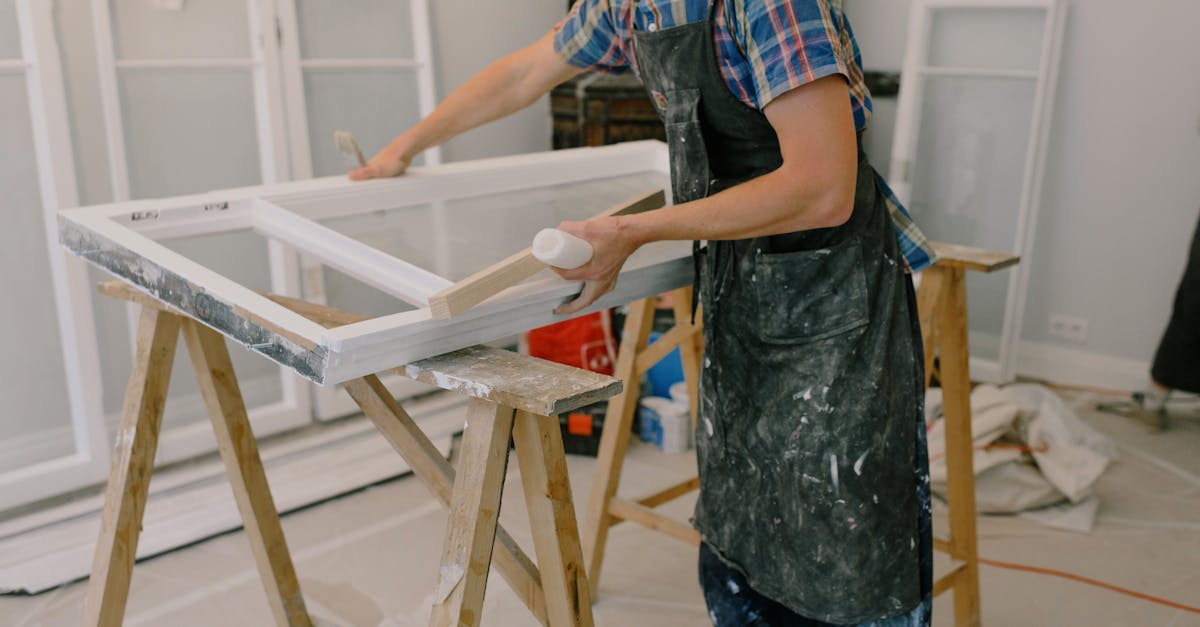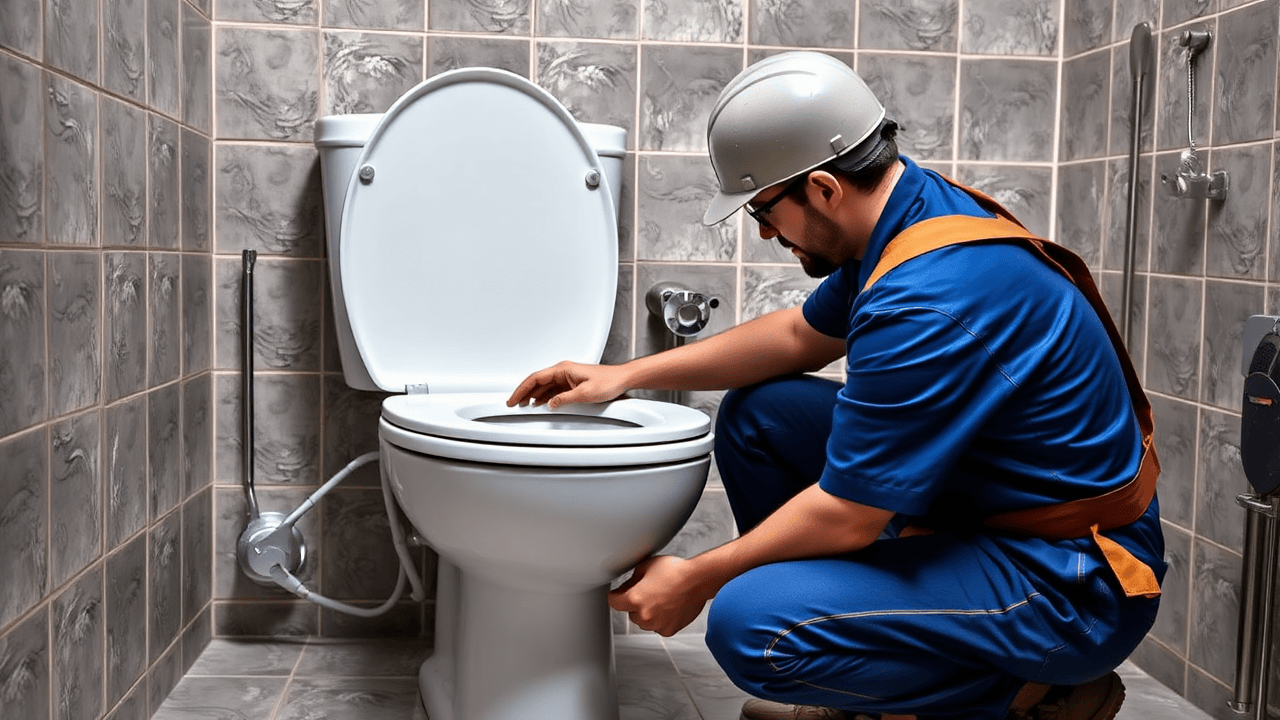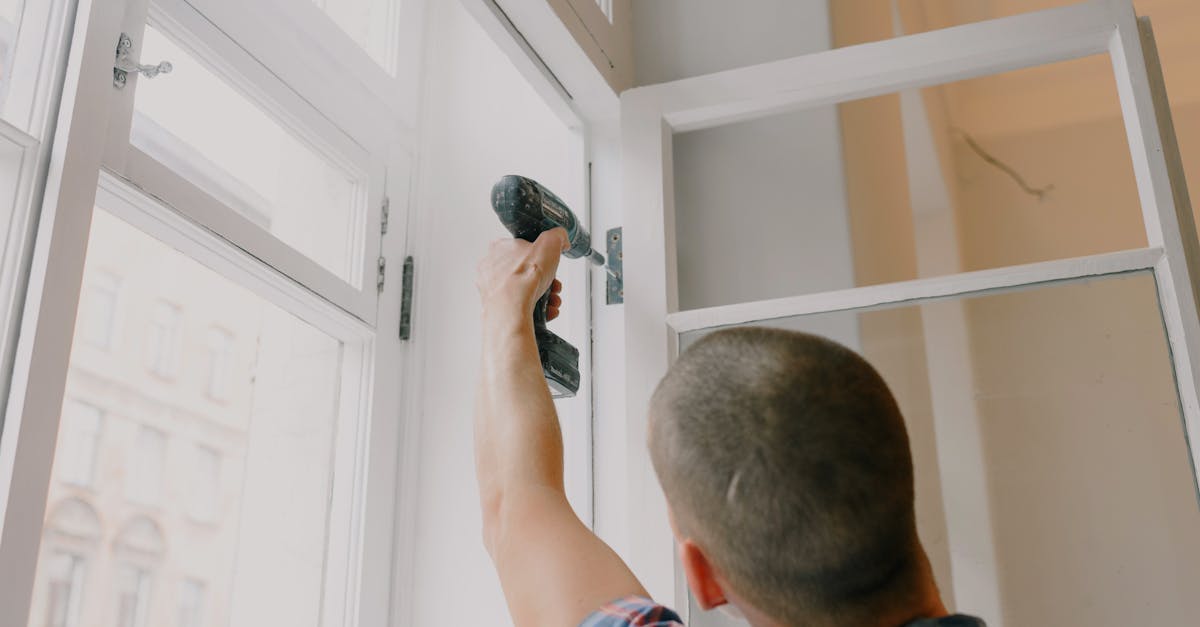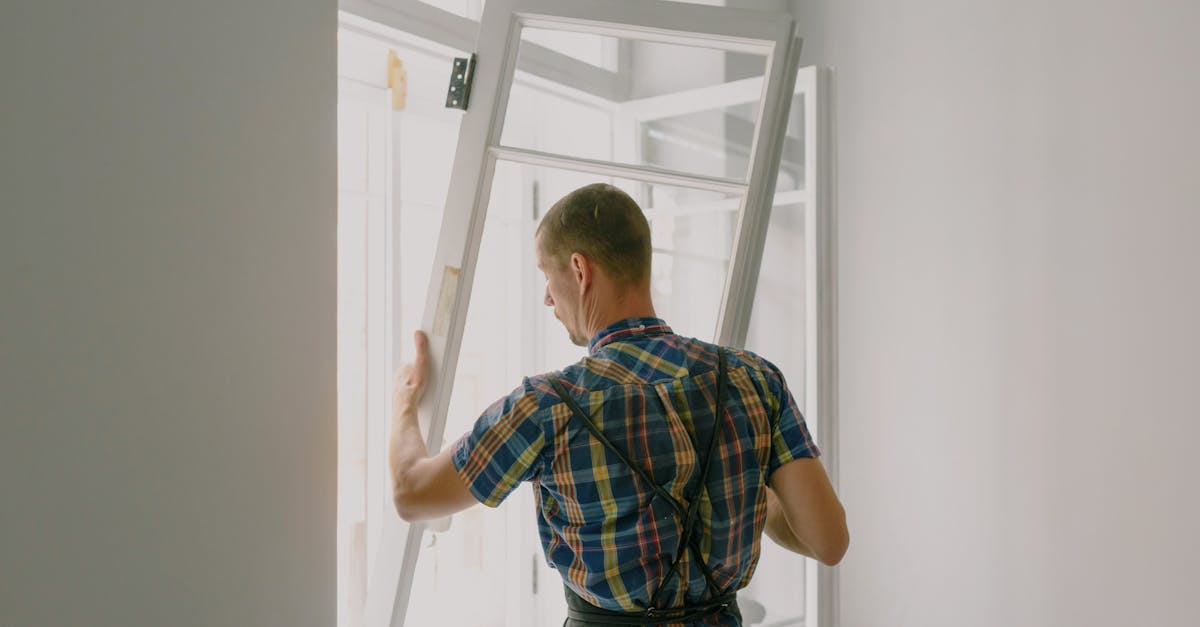
LongTerm Considerations
When deciding whether to fix or replace a toilet, long-term considerations play a significant role. A repair might offer immediate savings, but it’s essential to assess the condition and age of the toilet. Older models often require more frequent maintenance, leading to increasing costs over time. Conversely, a newer toilet may come with warranties and more advanced features, enhancing performance and reliability. Investing in a replacement might contribute to reduced water bills and fewer repair needs, especially when factoring in the longevity of new models.
Another important aspect is the potential for eco-friendly options. Many modern toilets are designed with efficiency in mind, using less water per flush compared to older models. This can lead to significant water conservation over time, reducing utility bills while benefiting the environment. Engaging in toilet installation and repair Oregon can provide access to knowledgeable professionals who can recommend the most efficient and durable options suited to your needs. Upgrading to a high-efficiency model may involve a larger initial expense but will likely result in savings that accumulate in the long run.
Evaluating Durability and Lifespan
When evaluating the durability and lifespan of a toilet, it’s essential to consider the materials used and the quality of construction. Toilets made from high-quality vitreous china can last between 20 to 30 years with proper maintenance. Factors such as water quality, frequency of use, and overall care can significantly affect a toilet's longevity. A well-chosen toilet can offer years of reliable service, while a less robust model may require early repairs or even replacement.
Understanding the implications of both repairs and replacements also plays a crucial role in decision-making. DIY repairs can sometimes prolong a toilet's life, but they may not be sufficient if the toilet’s structure is compromised. In contrast, opting for a new installation can ensure modern features and improved efficiency. Considering professional services like toilet installation and repair in Eugene, Oregon, can provide insights into the best options available for maintaining or upgrading your bathroom fixtures.
EcoFriendly Options
Choosing eco-friendly options when considering a toilet replacement can significantly impact water conservation and reduce household utility bills. Modern, high-efficiency toilets utilize less water per flush compared to older models, which can help conserve valuable resources in the long run. Many of these toilets are designed with advanced flushing technologies that maintain performance while minimizing water usage.
If you're in need of expert assistance, services like toilet installation and repair in Eugene, Oregon, offer a range of environmentally friendly products and solutions. Installing a modern toilet not only contributes to sustainability but may also qualify for rebates and incentives provided by local utility companies. These initiatives often encourage homeowners to switch to water-saving fixtures, making the transition more financially feasible.
Benefits of Modern, HighEfficiency Toilets
Modern, high-efficiency toilets offer numerous advantages to homeowners. These toilets use significantly less water per flush compared to traditional models. This reduction in water usage can lead to lower utility bills over time. Additionally, many high-efficiency options come equipped with advanced technology that prevents clogging and optimizes flushing performance, making them reliable choices.
The environmental benefits also make high-efficiency toilets appealing. By conserving water, they contribute to sustainability efforts and reduce overall household water consumption. When considering upgrades, residents in the region may want to explore options available through local services like toilet installation and repair Oregon. Emphasizing both functionality and eco-friendliness, these modern toilets can enhance any bathroom while benefiting the planet.
The Impact of DIY Repairs
For many homeowners, the prospect of tackling toilet repairs themselves can be appealing due to the potential savings on labor costs. Basic issues like a running toilet, leaky flapper, or clogged bowl can often be resolved with simple tools and a bit of research. However, the extent of the problem must be carefully assessed. Misdiagnosing the issue can lead to further complications and may require professional help later on. Understanding your skill level and the specific repairs needed is crucial in determining whether a DIY approach is advisable.
Seeking assistance from professionals like those providing toilet installation and repair in Eugene, Oregon, can also mean added peace of mind. Skilled technicians can quickly identify issues that may not be immediately visible and perform repairs with the right equipment. Although DIY can save money initially, it may not always be the most cost-effective route in the long run. Weighing the risks of improper repairs against the potential for future expenses is an important part of the decision-making process.
Potential Savings and Risks
DIY repairs can lead to significant savings on plumbing costs if done correctly. Basic issues like replacing a flapper valve or fixing a running toilet can often be managed without a professional. Homeowners with a bit of confidence and the right tools can avoid the hourly rates charged by plumbers. This approach allows for a more hands-on understanding of the toilet system, potentially extending its lifespan through regular maintenance.
However, there are risks associated with attempting repairs without professional help. Mistakes can escalate problems, resulting in costly water damage or exacerbated plumbing issues. For those unsure of their skills or those facing complex problems, hiring professionals may be the safer choice. Toilet installation and repair in Eugene, Oregon, can provide expert guidance, ensuring both the repair and installation processes are handled efficiently and effectively.
FAQS
How do I determine if my toilet can be repaired or needs to be replaced?
Assess the toilet's age, the extent of the damage, and the frequency of repairs. If the toilet is older and requires constant fixes, it may be more cost-effective to replace it.
What are some common toilet issues that can be repaired?
Common issues include leaks, running water, clogs, and faulty flappers. Many of these problems can be fixed with simple repairs rather than a full replacement.
How long do toilets typically last before needing replacement?
The average lifespan of a toilet is around 20 to 30 years, depending on the quality and maintenance. If your toilet is approaching or has exceeded this age, it might be time to consider a replacement.
Are modern toilets more eco-friendly than older models?
Yes, modern toilets are designed to be more water-efficient, often using 1.28 gallons per flush or less, compared to older models that may use 3.5 to 7 gallons. This can lead to lower water bills and a reduced environmental impact.
Can DIY repairs save me money on toilet issues?
Yes, DIY repairs can be a cost-effective way to address minor issues such as replacing a flapper or unclogging a toilet. However, for more significant problems, it may be wise to consult a professional to avoid potential risks.


